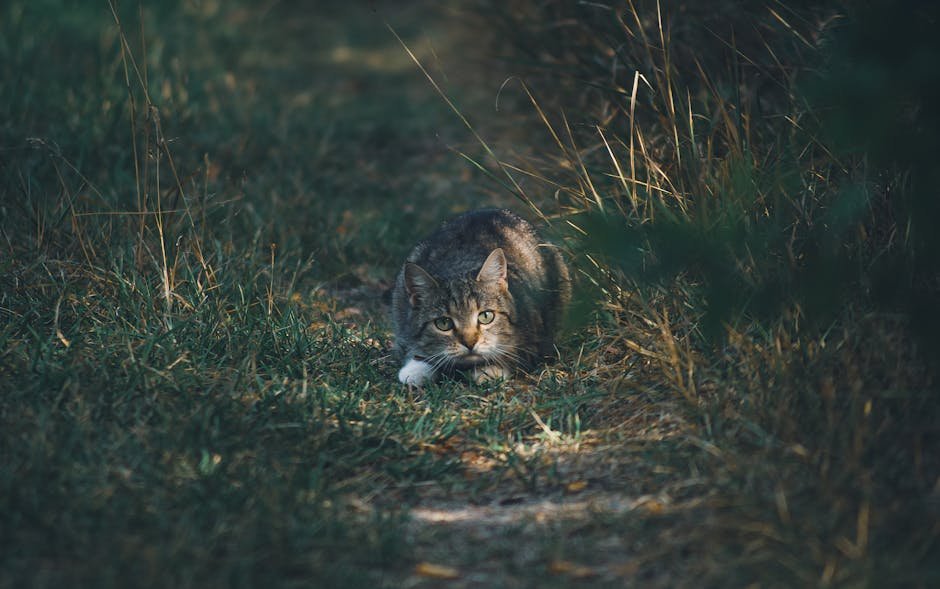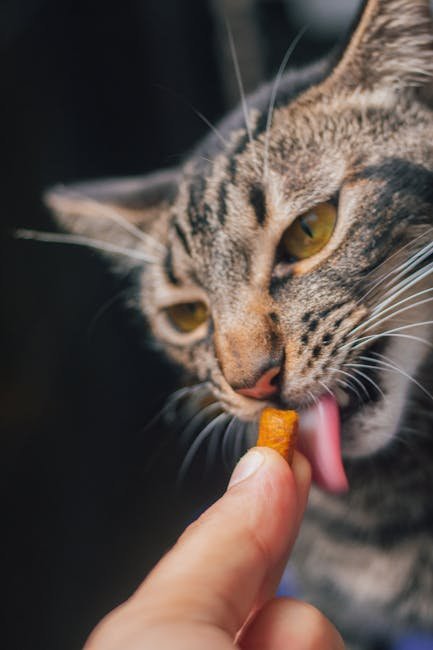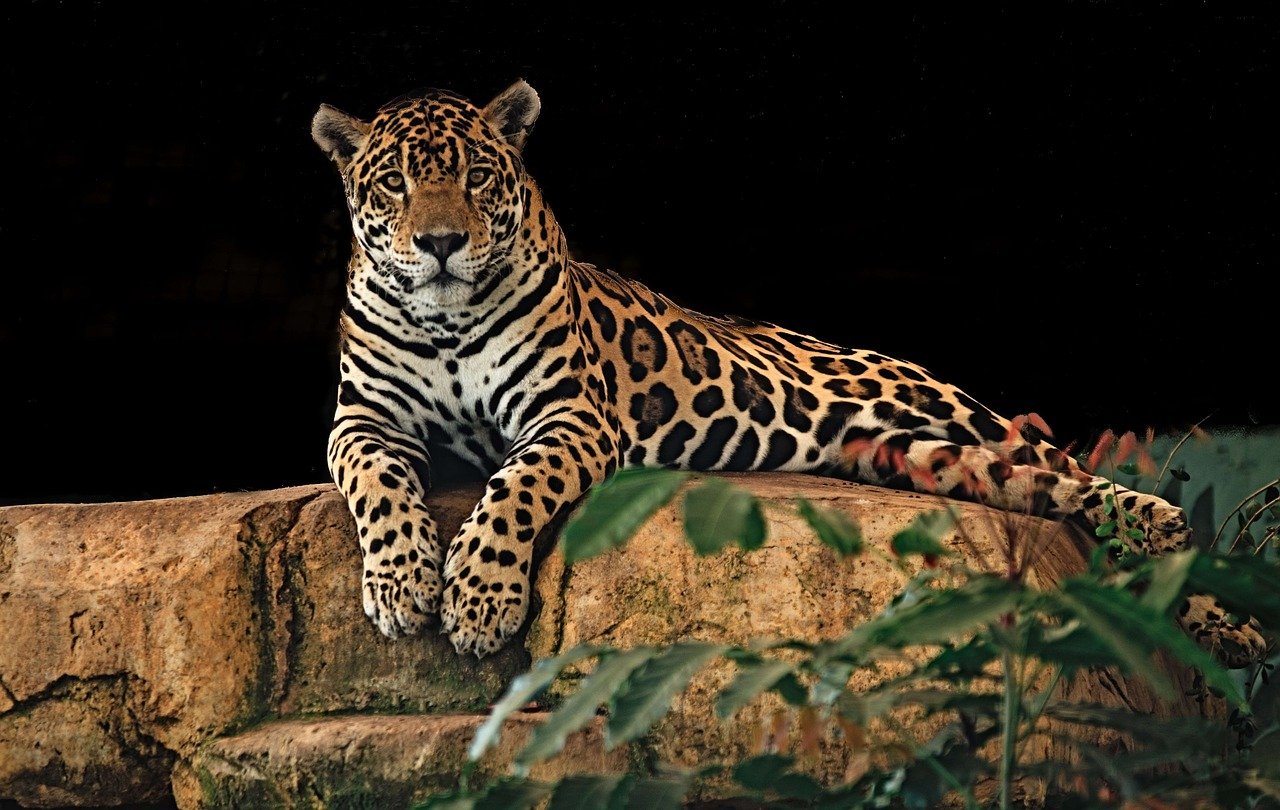Cats have always been a source of fascination for humans. While domestic cats are our adorable household companions, big cats like lions, tigers, and leopards rule the wild. Though they share a common ancestry, these feline groups have evolved distinct characteristics. Whether you’re a cat lover or just curious, understanding these differences can deepen your appreciation for both types of cats.
Size and Physical Appearance
The most obvious difference between big cats and domestic cats is their size. Domestic cats are typically small enough to comfortably fit in your lap or curl up in a cozy corner. In contrast, big cats can weigh hundreds of pounds and stand several feet tall. Lions, for instance, are known as the kings of the jungle, partly because of their imposing stature. Their muscular build and large frames make them formidable predators. Domestic cats, though agile and nimble, lack the raw power and size of their wild counterparts. This size difference also influences their respective roles in their environments, with big cats being apex predators, while domestic cats are more opportunistic in their hunting.
Social Structures

Another intriguing difference lies in their social behaviors. Domestic cats are often considered solitary creatures, though they can form bonds with humans and other pets. They generally prefer a more solitary lifestyle, occasionally interacting with other cats. On the other hand, big cats like lions are known for their social structures. Lions live in prides, which are family units that work together for hunting and protection. This social lifestyle is unique among big cats, as most other big cats, like tigers and leopards, are solitary hunters. This distinction in social behavior showcases the adaptability of these animals to their respective habitats and survival needs.
Vocalizations and Communication
Communication is key in the animal kingdom, and both big cats and domestic cats have developed unique ways to express themselves. Domestic cats communicate with humans and other cats through a variety of vocalizations, including meows, purrs, and chirps. These sounds are often used to convey emotions or desires. Big cats, however, have a different range of vocalizations. Lions are famous for their powerful roars, which can be heard from miles away and serve to establish territory or communicate with pride members. Tigers, too, have a distinct roar, but they also make chuffing sounds as a friendly greeting. These vocal differences highlight the varying communication needs of domestic and big cats.
Hunting Techniques

Hunting techniques between big cats and domestic cats differ significantly, influenced by their environments and prey. Domestic cats are skilled hunters, often stalking small prey such as mice and birds. They rely on stealth and quick reflexes to catch their quarry. Big cats, however, hunt larger prey, often requiring cooperation and strategy. For instance, a pride of lions will work together to take down a large animal like a buffalo. Tigers, being solitary hunters, rely on their strength and camouflage to ambush prey. These hunting methods are adapted to their respective habitats and demonstrate the versatility and skill of both types of cats.
Diet and Feeding Habits

Diet plays a crucial role in the lives of both big cats and domestic cats. Domestic cats are obligate carnivores, meaning they require a diet rich in animal protein. They are often fed commercially prepared cat food, but their wild instincts still drive them to hunt small animals. Big cats, on the other hand, require a more substantial diet due to their size and energy needs. Lions and tigers hunt large prey and can consume up to 40 pounds of meat in a single meal. This difference in dietary requirements is a testament to the diverse ecological niches these cats occupy.
Territorial Behavior
Territoriality is a common trait among cats, but it manifests differently between big cats and domestic cats. Domestic cats establish personal territories, which they mark with scent glands located on their face and body. This behavior helps them avoid conflicts with other cats. Big cats, particularly males, are highly territorial and use scent marking, roaring, and physical displays to defend their territories. A lion’s roar, for example, serves as a warning to intruders. These territorial behaviors are critical for maintaining social structures and ensuring access to resources in the wild.
Physical Adaptations
Both big cats and domestic cats have evolved unique physical adaptations suited to their lifestyles. Domestic cats possess retractable claws, which help them climb and hunt effectively. Their bodies are designed for agility and speed, allowing them to navigate various environments. Big cats, like leopards, have powerful limbs for climbing and can carry prey into trees to avoid scavengers. Cheetahs, another type of big cat, are built for speed, capable of reaching incredible speeds during short sprints. These physical adaptations highlight the diverse ways in which these cats have evolved to thrive in their respective habitats.
Reproduction and Lifespan
Reproduction and lifespan also vary between big cats and domestic cats. Domestic cats have a relatively short gestation period of about 65 days, and they can have multiple litters per year. This rapid reproduction rate helps maintain their population. In contrast, big cats have longer gestation periods, with lions carrying their young for around 110 days. Big cats typically have fewer offspring per litter, and their reproductive cycles are influenced by environmental factors. Lifespan also differs, with domestic cats living an average of 12 to 15 years, while big cats may live 10 to 20 years in the wild, depending on species and environmental conditions.
Domestication History
The domestication of cats is a fascinating story that highlights the differences between big cats and domestic cats. Domestic cats were first domesticated in the Near East around 9,000 years ago, primarily for their ability to control rodent populations. They gradually became companions to humans, adapting to life in human settlements. Big cats, on the other hand, have never been domesticated and have always existed in the wild. Their size and predatory instincts make them unsuitable for domestication. This history of domestication underscores the unique relationship between humans and domestic cats.
Conservation Status

The conservation status of big cats and domestic cats presents another stark contrast. Domestic cats are one of the most widespread and numerous animals on the planet, thriving alongside humans. In contrast, many big cat species are endangered or threatened due to habitat loss, poaching, and human-wildlife conflict. Tigers, for example, are critically endangered, with only a few thousand left in the wild. Conservation efforts are crucial to preserving these magnificent creatures and their habitats. This difference in conservation status serves as a reminder of the challenges faced by big cats in the modern world.
In conclusion, the differences between big cats and domestic cats are both fascinating and profound. From their size and social structures to their hunting techniques and conservation status, these two groups of cats offer a glimpse into the diversity and adaptability of the feline world. By understanding these differences, we can better appreciate the unique qualities of both big cats and our beloved domestic companions.

Growing up traveling and experiencing new cultures and wonders, I have had a passion for nature, adventuring, photography, and videography. I am currently working towards a BSc in Biodiversity and Ecology at Stellenbosch University, and I hope to specialise in Marine Sciences one day.
Please send any feedback to Feedback@animalsaroundtheglobe.com






